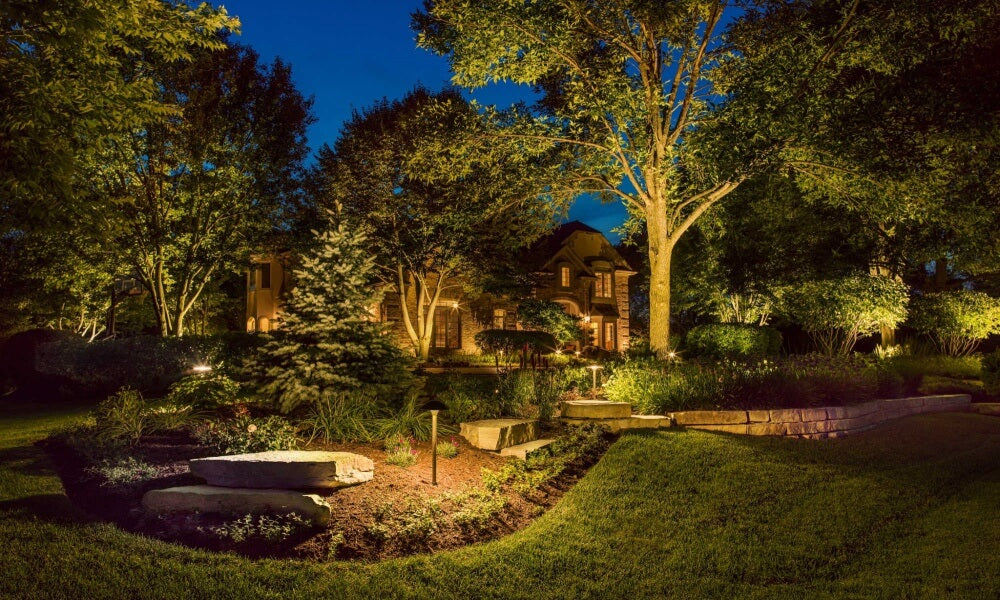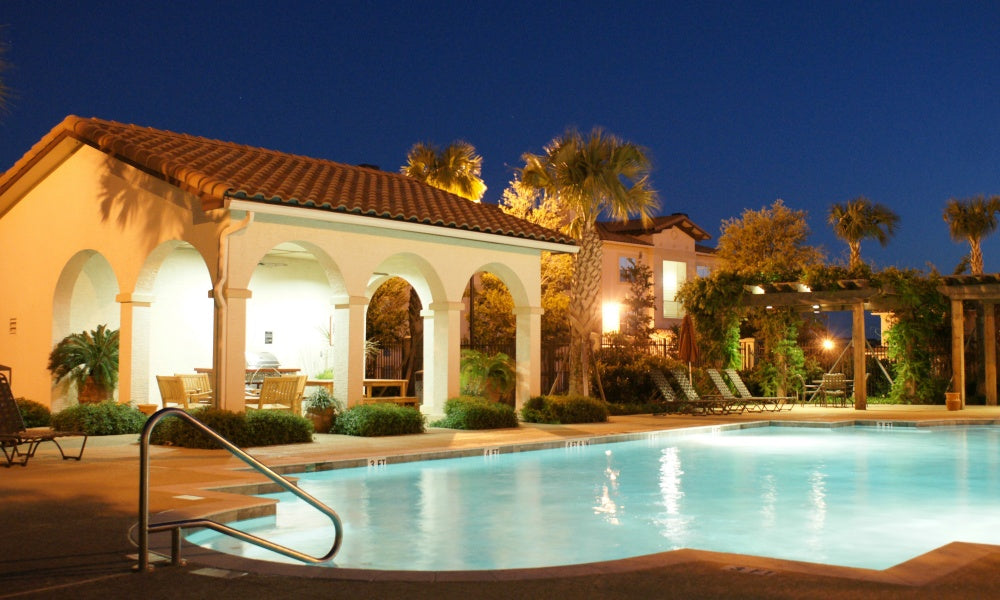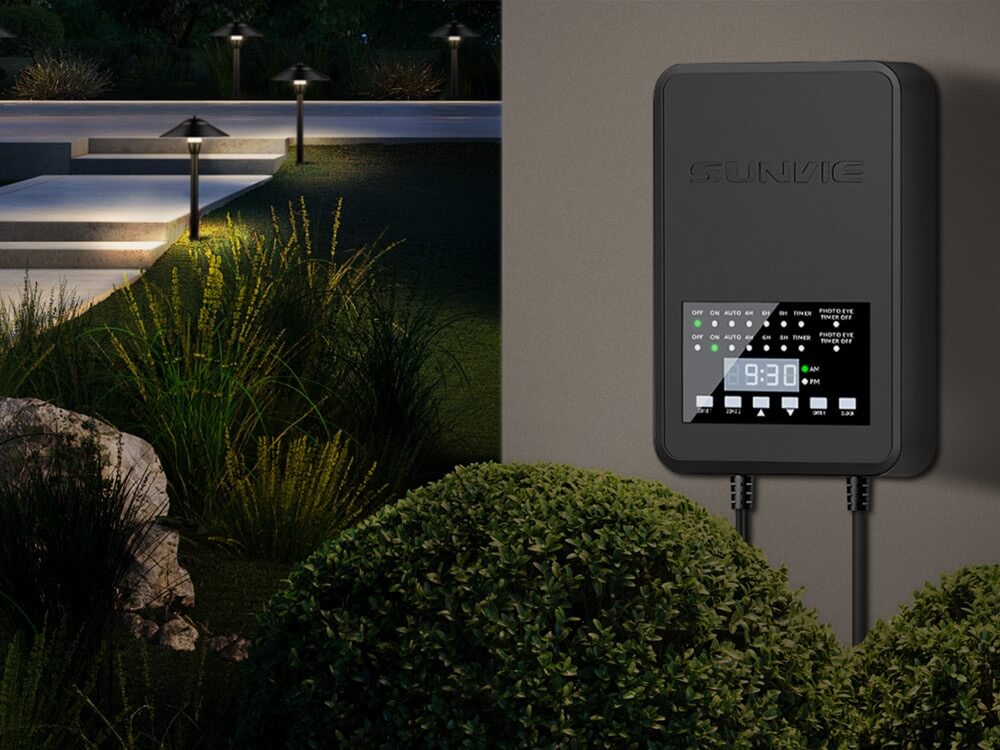
Finding the Perfect LED Color Temperature for Outdoor Lighting
As the weather warms up, spending evenings outdoors becomes more appealing. However, the right lighting is key to creating a comfortable and functional outdoor space. Improper lighting can either leave you in the dark or overpower the beauty of nature around you. This guide will help you understand LED color temperature and how to choose the best option for your outdoor area.
What Is LED Color Temperature?
Color temperature refers to the appearance of light emitted by a bulb and is measured in degrees Kelvin (K). It typically ranges from 2000K to 6500K for residential and commercial outdoor lighting. Lower temperatures produce a warmer, softer light, while higher temperatures create a cooler, brighter glow.
A Quick History of Color Temperature
The concept of color temperature originated in the late 1800s with William Kelvin’s experiments on heating carbon. As the carbon block heated up, it emitted different colors of light, starting with dim red and progressing to yellow, white, and finally a bright blue-white at higher temperatures. The color changes occurred due to how energy was converted—lower temperatures produced more heat than light, while higher temperatures prioritized light output.
Why Color Temperature Matters for Outdoor Lighting
The color temperature of your lighting directly impacts the mood and functionality of your outdoor space. Different areas benefit from different temperatures to achieve the desired atmosphere or purpose. Warmer tones create a cozy feel, while cooler tones enhance visibility and detail.
Popular Outdoor LED Color Temperatures and Their Uses
Very Warm White (2200K)
Also known as "candlelight," this is the warmest white light available. It produces a soft, romantic glow, perfect for areas where subtle lighting is desired. Common applications include:
- Outdoor fireplaces
- Spas or hot tubs
- Low-key accent lighting
Warm White (2700K)
This inviting color temperature creates a welcoming atmosphere. It’s a popular choice for entryways and areas where you want to make guests feel at home. Ideal for:
- Building entrances
- Patio spaces
Natural or Warm White (3000K)
Slightly cooler than 2700K, warm white landscape lighting highlights natural tones and is often used in gardens. It accentuates greenery and other outdoor colors without overwhelming the space. Perfect for:
- Flower beds
- Trees and plants
Cool White (4000-4200K)
This temperature produces a light with a bluish tint, similar to moonlight. It works well for creating depth and detail in outdoor spaces. Use it for:
- Gardens
- Tree lighting
- Highlighting textures like vines or leaves
Lighting for Security and Safety
While outdoor lighting enhances aesthetics, it’s also crucial for safety and security. Security lighting typically uses 4600K to 6500K, as these cooler tones provide bright, clear illumination.
- 4600K: Ideal for path and porch lighting. These lights reduce shadows without being overly harsh.
- 6500K: Commonly used for spotlights and floodlights, this temperature covers larger areas and ensures maximum visibility.
Color Temperature FAQs
How Is Light Measured?
Outdoor light is measured in lumens (brightness) and lux (illumination over a specific area).
- Lumens: The total amount of visible light emitted by a bulb. The higher the lumens, the brighter the light.
- Lux: The measurement of lumens per square foot of a surface. For example, 1,000 lumens spread across 1 square foot equals 1,000 lux.
How Many Lumens Are Needed for Outdoor Lighting?
The required lumens depend on the purpose of the lighting:
- Pathways: 12-100 lumens
- Garden features: 50-300 lumens
- Security or landscape spotlights: 700-1,300 lumens
Is Cool White or Warm White Better for Outdoor Lighting?
It depends on the area and its purpose:
- Warm White (2000K-3000K): Creates a calming atmosphere, ideal for decorative or relaxation areas like outdoor kitchens and living spaces.
- Cool White (3100K-4500K): Offers brighter, more focused light, perfect for safety-focused areas like stairways, pathways, or workspaces.
What Color Temperature Is Best for Gardens?
To bring out the natural beauty of your plants, use a color temperature between 4600K and 6500K. This range mimics daylight and moonlight, highlighting the intricate details of leaves, flowers, and textures.
Transform Your Outdoor Space with the Right Lighting
Choosing the right color temperature for your outdoor lighting can make a significant difference in the look and feel of your space. From romantic evenings by the fire to enhanced security, the right lighting temperature ensures your outdoor area is both functional and inviting.
If you’re unsure which temperature is best for your needs, our team at Enhanced Outdoor Lighting & Design can help. Contact us today to create a tailored outdoor lighting design that highlights your property’s best features.








